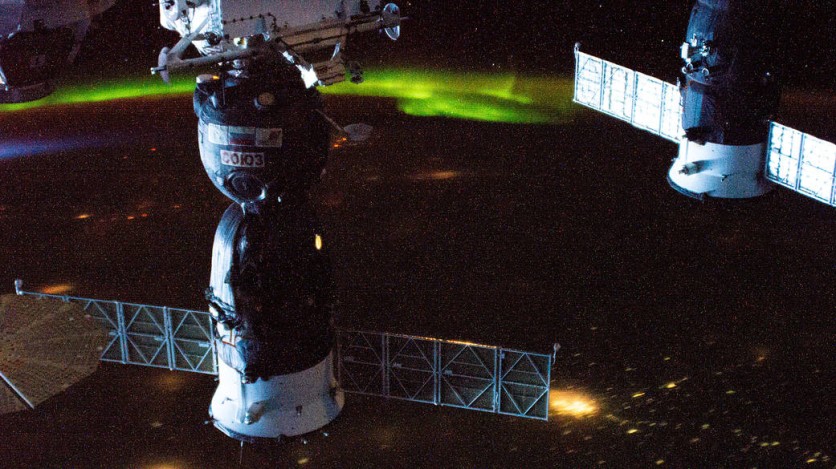Russia is planning to leave NASA's International Space Station (ISS) and has begun building its own amid reports of renewed tensions between the eastern country and the United States.
The news comes after Moscow expressed intentions to leave the ISS program and told Roscosmos State Corporation for Space Activities (Roscosmos) to build an equivalent space station.
Russia's Decision to Leave the International Space Station Program
Russia's Deputy Prime Minister Yury Borisov had recently expressed the country's intentions to leave the ISS program in 2025 but defended that it is not driven by political reasons.
FirstPost reported on Apr. 23 that Roscosmos, the country's very own space agency, said that the decision is due to the ISS's age, adding that the decision is not yet final.
Russia had boasted its monopoly for manned flights in the past, but Elon Musk's SpaceX took that crown after successfully launching the Crew Dragon capsule to ISS in 2019, and NASA began tapping the American company's rockets in 2020.
"When we make a decision we will start negotiations with our partners on forms and conditions of cooperation beyond 2024," the Russian space agency said in a statement.
The news is a complete reversal of previous reports of Russia's intent to extend its collaboration with the ISS program.

Roscosmos' Progress in Building Russia's Space Station
On Apr. 20, a Russian news agency said that Roscosmos had begun building the first base module for the space station.
Roscosmos chief Dmitry Rogozin said that Russia's Energia space corporation is aiming to have the module for the new Russian orbital station "ready for launch" in 2025.
The Russian space agency also expressed its intention to launch the orbital space station in 2030 by using repurposed modules first designed for ISS.
"If in 2030, in accordance with our plans, we can put it into orbit, it will be a colossal breakthrough," Rogozin said, adding that the Russian orbital space station will be operated differently than the ISS.
However, Roscosmos would need to seek approval from Russian President Vladimir Putin, who is known to favor military technology over space exploration.
Also Read : NASA, SpaceX Completes First Commercial Launch From Historic Kennedy Space Center Launch Complex 39A
International Space Station Program: A Quick Recap
Launched in 1998, the ISS is one of the most ambitious international collaborations in human history involving the United States, Russia, Japan, Canada, and the European Space Agency.
According to NASA's infographic, the ISS has a wingspan of 104 meters (357 feet), weighing 419,725 kilograms (925,335 pounds), and a habitable area of 388 cubic meters (13,696 feet).
It houses four pairs of solar arrays that provide the space station up to 90 kilowatts of power, enabling it to move at a speed of 28,000 kph (17,000 mph).
In its 20 years in space, the ISS had hosted more than 3,000 research investigations in the field of space and physical science, human research, biology, and biotechnology, as well as technology development.
Related Article : Elon Musk And Roscosmos Head Rogozin Have Friendly Exchange On Twitter
This article is owned by Tech Times
Written by Leigh Mercer
![Apple Watch Series 10 [GPS 42mm]](https://d.techtimes.com/en/full/453899/apple-watch-series-10-gps-42mm.jpg?w=184&h=103&f=9fb3c2ea2db928c663d1d2eadbcb3e52)



